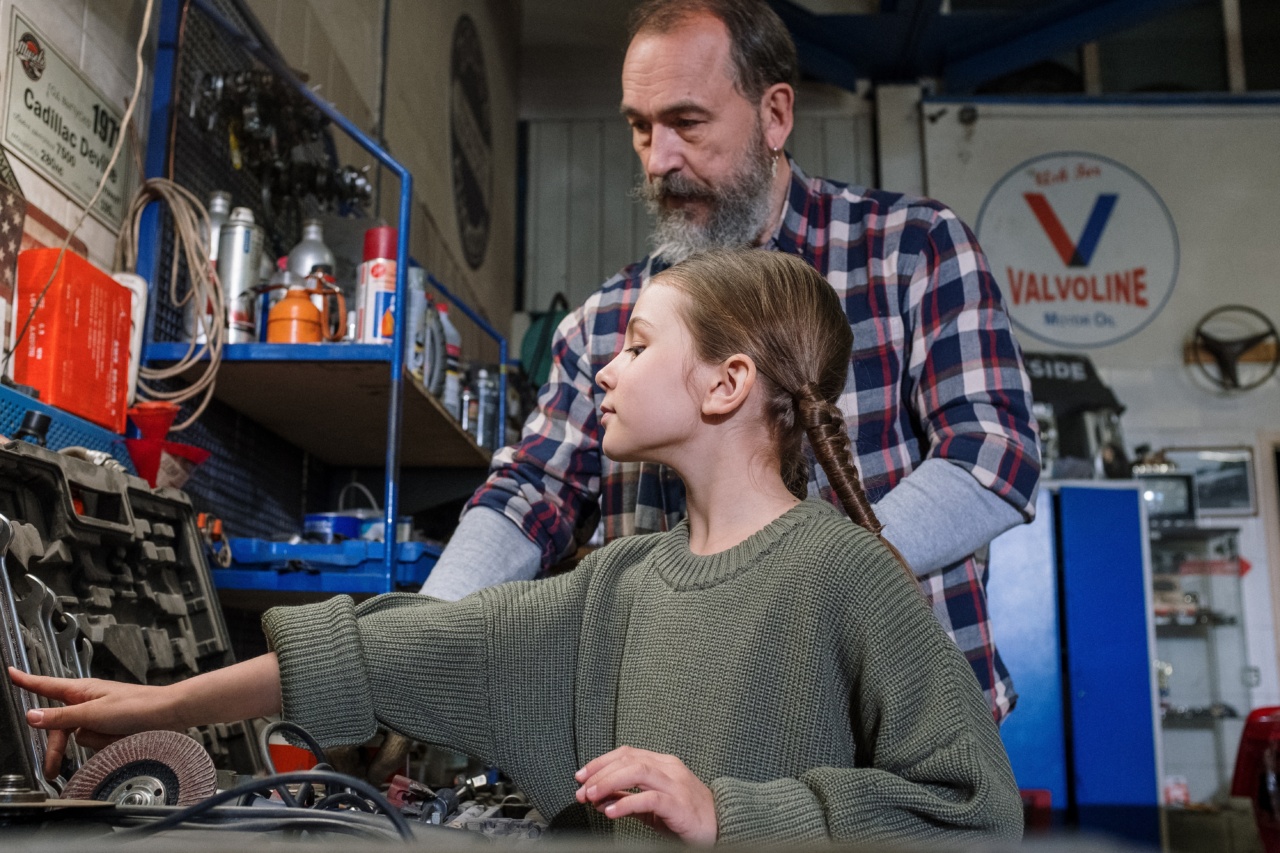Chickenpox is a common childhood illness caused by the varicella-zoster virus. It is highly contagious and spreads easily through contact with an infected person.
Symptoms of chickenpox include fever, headache, and an itchy rash that covers the entire body.
How is it spread?
Chickenpox is spread through contact with fluid from the rash or by breathing in particles from an infected person’s cough or sneeze. The virus can also be spread by contact with objects that an infected person has touched.
Prevention
The best way to prevent chickenpox is to ensure your child is vaccinated. The vaccine is safe and effective. It is recommended that all children receive two doses of the vaccine.
Symptoms
The first symptoms of chickenpox can appear 10-21 days after exposure to the virus. These symptoms include:.
- Fever
- Headache
- Tiredness
- Loss of appetite
- A rash that develops into small, itchy blisters
Treatment
There is no specific treatment for chickenpox, but there are steps you can take to make your child more comfortable and speed up the healing process:.
- Keep the affected areas clean and dry
- Give your child lukewarm baths with baking soda or oatmeal to soothe the itching
- Apply calamine lotion to the rash to help reduce itching
- Use acetaminophen to relieve fever and any discomfort
Your child may need to stay home from school or daycare until all of the blisters have scabbed over.
Complications
Complications from chickenpox are rare, but they can occur. These include:.
- Bacterial infections of the skin
- Pneumonia
- Encephalitis (inflammation of the brain)
If your child experiences any of these complications, seek medical attention immediately.
Conclusion
Chickenpox can be a uncomfortable for your child, but it is usually a mild illness. By taking care of your child and following the steps outlined above, you can help your child recover quickly and avoid any complications.































